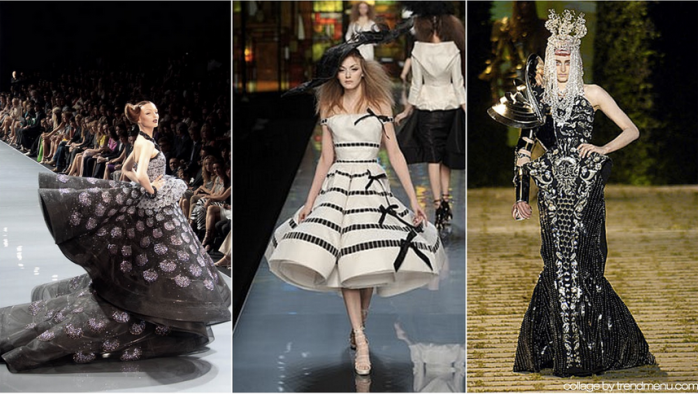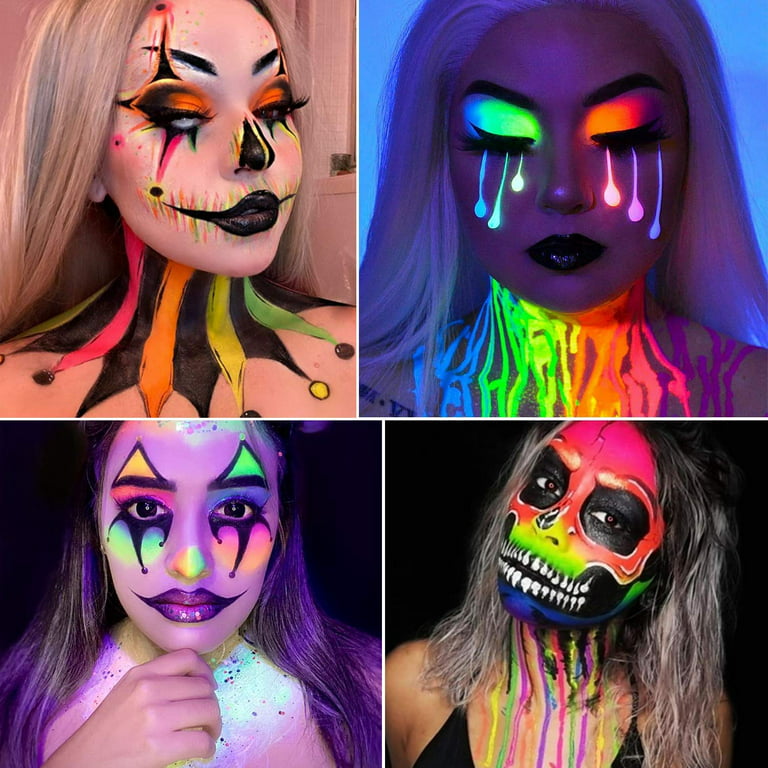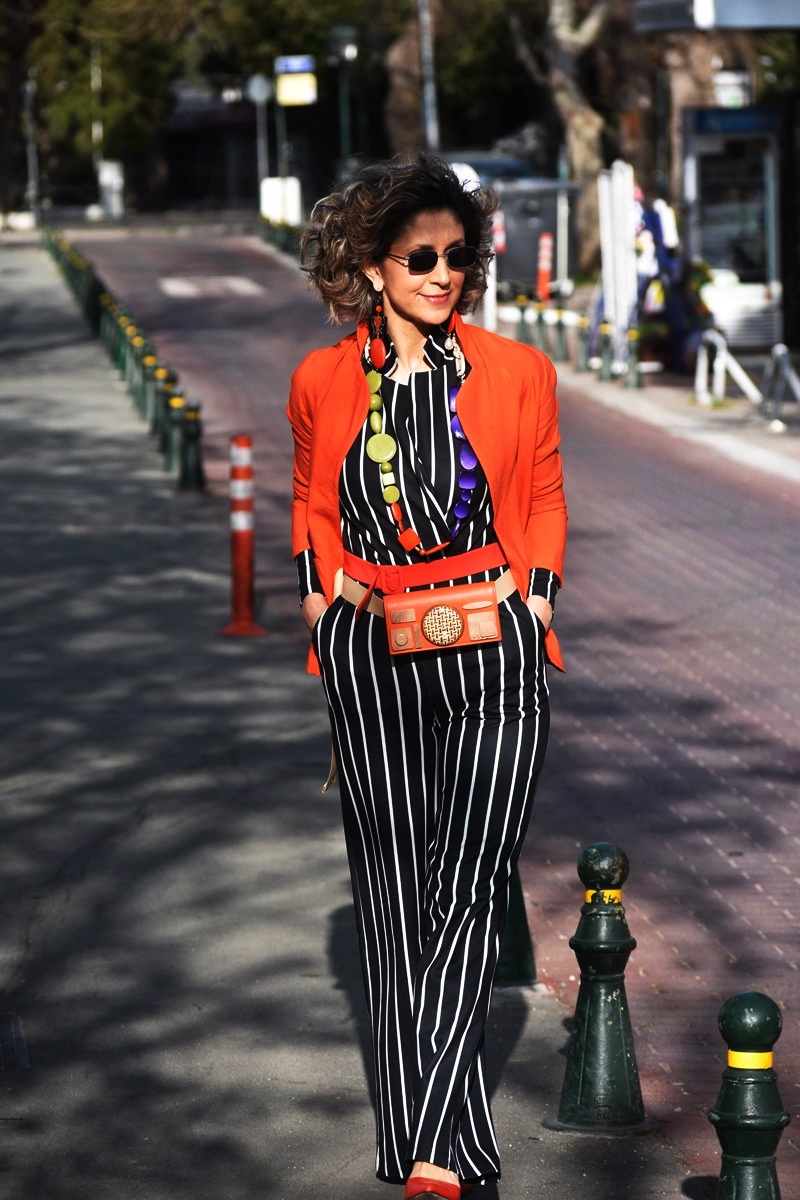
Revolutionizing Style: The Modernist Fashion Movement
In the annals of fashion history, the Modernist Fashion Movement stands as a pivotal era that reshaped the sartorial landscape. Let’s delve into the essence of this revolutionary movement, tracing its origins, exploring its distinctive characteristics, and understanding the lasting impact it has had on the world of fashion.
Origins of Modernism in Fashion: Breaking Tradition
The roots of the Modernist Fashion Movement can be traced back to the late 19th and early 20th centuries when a wave of societal and cultural changes swept across the globe. Modernism, as a broader cultural movement, sought to break away from traditional norms and embrace a forward-looking, progressive mindset. In fashion, this translated to a departure from elaborate Victorian styles to more streamlined and functional designs.
Simplification and Functionality: The Modernist Aesthetic
At the core of the Modernist Fashion Movement was a commitment to simplification and functionality. Designers sought to strip away unnecessary embellishments and elaborate detailing, focusing instead on clean lines, geometric shapes, and practicality. The mantra was “less is more,” and this minimalistic approach became a defining characteristic of the Modernist aesthetic.
Influence of Art and Architecture: The Bauhaus Connection
The Modernist Fashion Movement drew inspiration not only from within the realm of fashion but also from the worlds of art and architecture. The Bauhaus school, with its emphasis on the marriage of form and function, played a significant role in shaping Modernist design principles. The influence of artists like Wassily Kandinsky and architects like Le Corbusier could be seen in the avant-garde creations of Modernist fashion designers.
The Rise of Ready-to-Wear: Fashion for the Masses
As the Modernist Movement gained momentum, there was a shift in how fashion was produced and consumed. The traditional couture system, with its exclusive and made-to-order approach, began to give way to the rise of ready-to-wear fashion. This democratization of style meant that more people had access to contemporary and fashionable clothing, marking a departure from the elitism of previous eras.
Key Figures of the Modernist Fashion Movement: Coco Chanel and Others
Several key figures emerged as trailblazers of the Modernist Fashion Movement, with Coco Chanel leading the charge. Chanel’s revolutionary designs, such as the little black dress and the use of jersey fabric, epitomized the modern and liberated spirit of the era. Other influential designers like Jean Patou, Paul Poiret, and Madeleine Vionnet also played significant roles in shaping Modernist fashion.
Androgyny and Gender Fluidity: Redefining Fashion Norms
The Modernist Fashion Movement challenged traditional gender norms by embracing androgyny and gender fluidity. Coco Chanel’s introduction of trousers for women and the adoption of more relaxed silhouettes marked a departure from the restrictive and gender-specific clothing of the past. This shift laid the groundwork for a more inclusive and diverse approach to fashion.
Impact on Textiles and Materials: Embracing Innovation
Modernist fashion designers were not only innovators in terms of design but also in their approach to textiles and materials. The use of new fabrics like rayon and the incorporation of industrial materials showcased a willingness to embrace technological advancements. This experimentation with materials further contributed to the futuristic and avant-garde nature of Modernist fashion.
Legacy and Contemporary Influences: Modernism Lives On
While the peak of the Modernist Fashion Movement was in the early to mid-20th century, its legacy continues to influence contemporary fashion. The emphasis on simplicity, functionality, and a rejection of excess has resonated through the decades. Many designers today draw inspiration from the Modernist aesthetic, creating pieces that echo the movement’s core principles.
Exploring Modernist Fashion at Conversebyky.com
For those intrigued by the revolutionary spirit of the Modernist Fashion Movement, platforms like Converse by Ky offer a curated experience. These platforms showcase collections that capture the essence of Modernism, allowing fashion enthusiasts to explore and integrate pieces inspired by this transformative era into their wardrobes.
Conclusion: A Timeless Revolution in Style
In conclusion, the Modernist Fashion Movement stands as a timeless revolution that transcended the boundaries of its era. By embracing simplicity, functionality, and a forward-looking mindset, Modernist fashion reshaped the industry and paved the way for the contemporary design landscape. Its influence continues to echo through the corridors of fashion, reminding us that true innovation is often born from a willingness to break free from the constraints of tradition.



